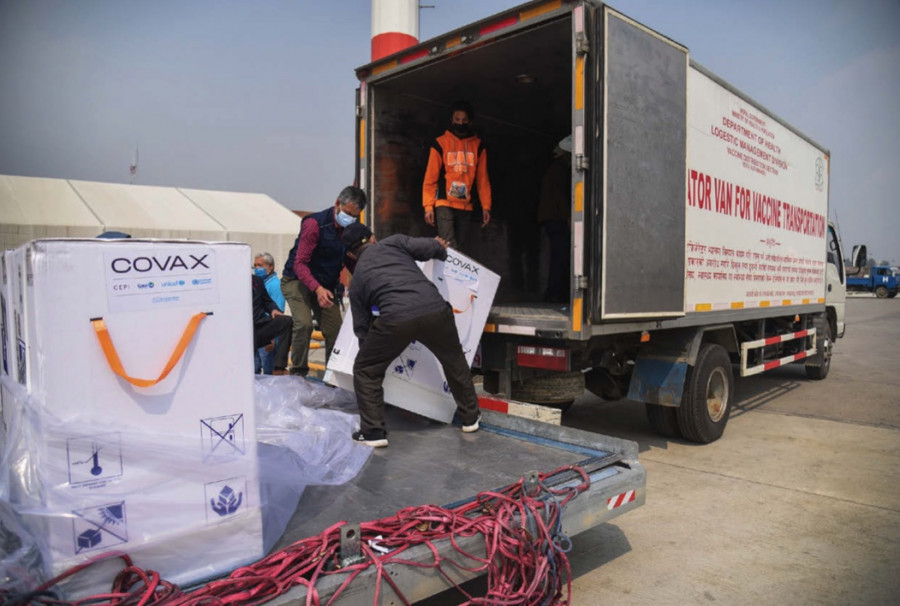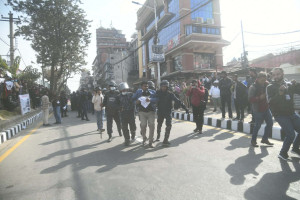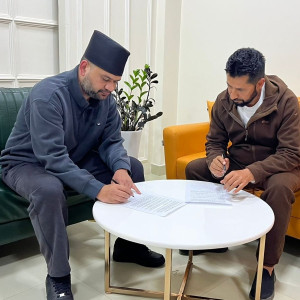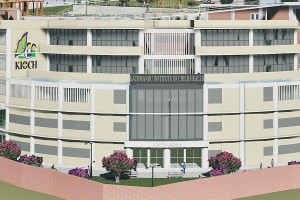Editorial
Why only a few came
There is a serious lack of information about the vaccination drive.
Despite the unbearable lethargy in its response to the Covid-19 pandemic, the KP Oli administration has been comparatively more active in vaccine procurement. While the first phase of the vaccination drive was only partly successful, the second phase which began on Sunday promises to be no better. At the core of the debacle is the government’s failure to assess the exact number of eligible vaccine recipients—more specifically, the failure to figure out how many of them would actually turn up at the vaccination centres.
The government does not seem to have any idea how many people are keen to take the jabs; the citizens, on their part, seem to be waiting for the government to provide them with concrete information on the need, the efficacy, and the possible side effects of vaccination. Caller ring back tunes alone do not seem to be doing the job.
Although the second phase of the vaccination drive began with none other than Prime Minister KP Sharma Oli himself taking the jab, there is a serious lack of information about the drive at the ground level. The government’s inability to fill the information gap risks leading Nepal into a situation of vaccine inequality. This means that a significant section of the population might suffer from immunity gap, which is another form of discrimination against those who have little or no access to unadulterated information.
It seems that the word-of-mouth method of information dissemination about the vaccination drive at the local level has worked well, but there is a need to do more to disseminate information about the drive—and the vaccine itself—holistically so that citizens are prepared to visit vaccination centres on their own.
The fact that vaccination against Covid-19 is not mandatory leaves a large section of citizens unvaccinated either by choice or due to the failure to reach them. This means that the citizens not only miss the chance to safeguard themselves from the virus, but also to save others from the risk of transmission. After all, safeguarding ourselves also means the fulfilment of our collective responsibility towards society.
For this, apart from providing correct information about the efficacy and availability of the vaccines, the government must also find ways to reassure Nepalis about the absence of long-term risks of getting vaccinated despite spurious cases of short-term negative reaction.
Misinformation about the possible side effects of the vaccine abound, leaving citizens, especially the older generation, eligible for vaccination during the second phase, wary of the vaccine. Misinformation travels faster than information, and the challenge is to accelerate the speed of information to defeat misinformation.
Moreover, there is also no clarity as of now whether the gap between the two doses is four weeks or twelve. This has led those who took the first dose during the first phase of the vaccination drive to live in uncertainty as to when they will be called for the second injection. As of now, the government should have disseminated information about the vaccination gap clearly and effectively, and helped citizens clear their doubts.
According to a journal article currently under review at The Lancet, researchers at the University of Oxford have found that a single standard dose of the Oxford-AstraZeneca developed vaccine, Covishield, is 76 percent effective at protecting from primary symptomatic Covid-19 for the first 90 days after vaccination once the immune system has built this protection 22 days after the jab. The report has also shown 82.4 percent vaccine efficacy when the gap between the two doses is 12 weeks or more.
There is no dearth of information among an elite circle of scientists, health workers and administrators that the vaccine currently in use in Nepal is safe; but the same information is yet to trickle down to citizens in every nook and corner of the country. Making vaccines free for all does not necessarily mean the fulfilment of obligation on the part of the government. It must seek to understand whether the people are informed well and assured that the vaccine being administered to them is safe.




 7.47°C Kathmandu
7.47°C Kathmandu














